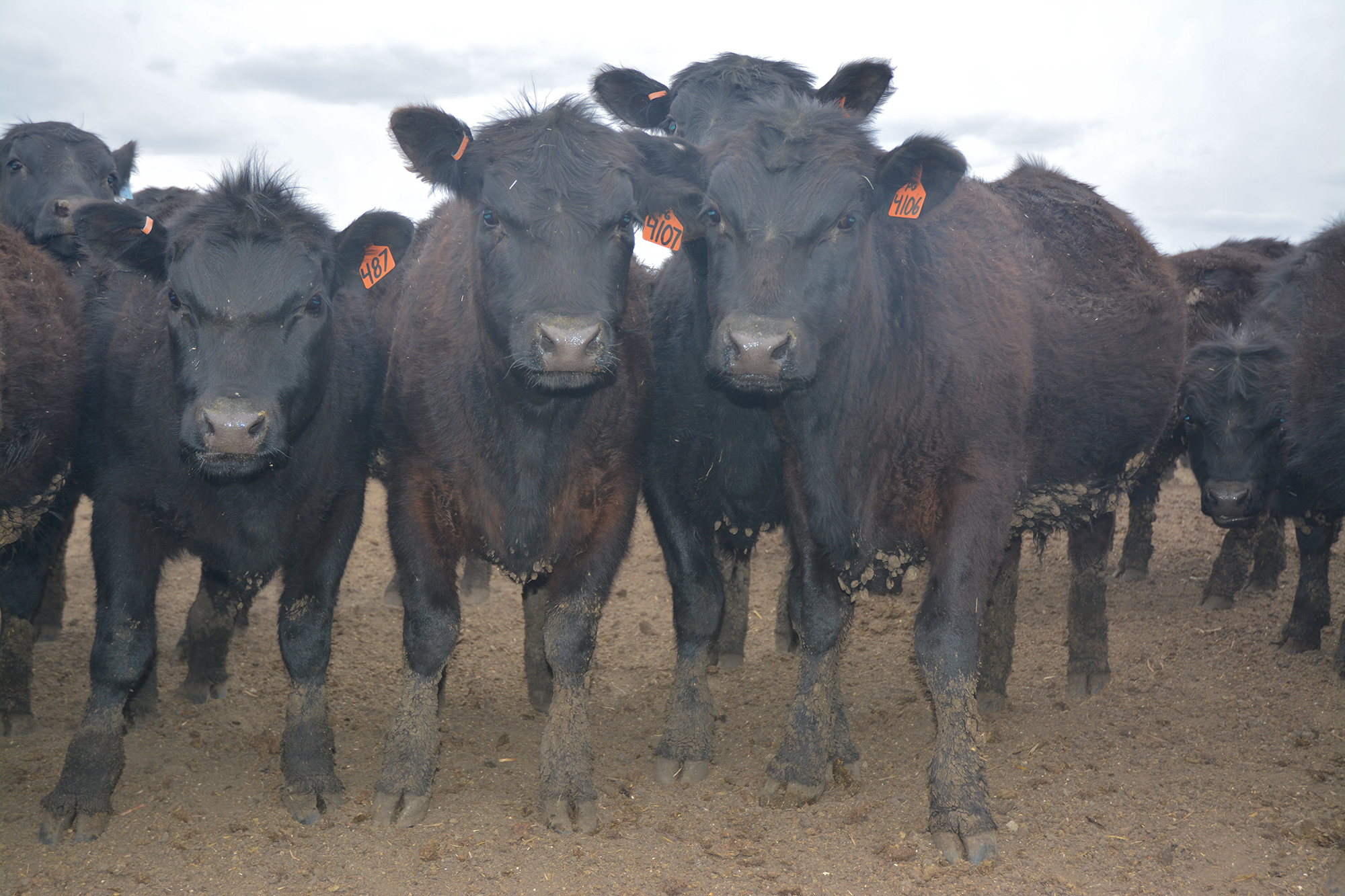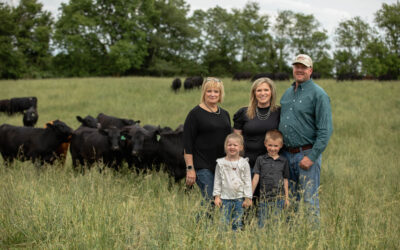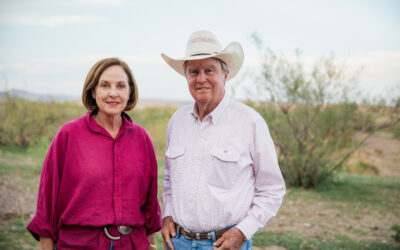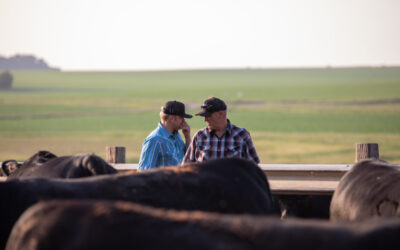
More than business
Beller Feedlot wins CAB Small Feedlot of the Year
by Miranda Reiman
Nobody likes to lose a customer, but to see a cattle feeder get emotional over the thought of a ranching client having to sell out… that’s when you know his heart is really in the business.
Terry Beller, of Lindsay, Neb., can tell you the last time the Sandhills and points west received a measureable rain. It matters to his bottom line, certainly, but the owner-manager of the 6,000-head Beller Feedlot talks about ranchers dealing with drought as if one of his own children were facing a major obstacle.
Beller’s cattle management and marketing reflect the care he has for those customers. For that attitude, level of cooperation and success in producing high-quality beef, his family business earned Certified Angus Beef LLC (CAB) honors this year. At the brand’s annual conference in Palm Desert, Calif., in September they were named Feedlot Partner of the Year for yards with less than 15,000-head capacity.
After nearly two decades of sending cattle to Beller, some regular suppliers are looking to sell their entire herds for lack of grass.
“That would be devastating,” Beller says. He means it. Not because the western Nebraska ranchers typically load more than 300 yearlings on eastbound trucks before they’ve even entered into price discussions; not because they regularly grade and gain right alongside the top cattle in the yard; but because Beller has gotten to know their family, watched the next generation start to take over the ranch.
“They’re really struggling out there; it’s just a terrible drought,” he says.
This is just one of dozens of relationships Beller has cultivated through the years.
“When I do good for them, they’re going to keep coming back,” he says.
Easier said than done with high input costs and hard-to-predict markets, but Beller says he’s learned a simple truth: “It’s all about margins. You’re not going to hit home runs anymore, especially with $7 corn, that’s not just going to happen, so you’ve got to take those small margins.”

Some of that philosophy comes from discipline learned over 37 of years in the business. It was also passed on to the third-generation cattle feeder.
“My dad always said, ‘When people are running, you walk, and when they’re walking scared—that’s when you dive in,’’ Beller says. “It’s been true to fact when the market is down and things look like heck, that’s when you want to put the plow in as deep as you can.”
Perhaps as a testament, they’ve added a large machine shed and a new office in the last few years and there’s talk of pen expansions.
From ordering materials to installing the office cabinets and completing the trim, Beller’s right-hand man, younger brother Mike put sweat into the entire project, all while maintaining the computerized cattle records and carcass data.
That includes enrolling more than 15,000 head of cattle in CAB’s feedlot database, which reveals an overall CAB acceptance rate of 41% CAB and Prime.
Yet the brothers say that’s not good enough.
“That’s what keeps us going: always wanting to be better,” Beller says. “Our goal is to have a group hit 100% CAB.”
Right now the bar is set at 92% CAB.
“We’re pretty much known for feeding the good black Angus cattle,” Beller says. “That’s gotten us some customers who were leaning on the fence.”

Beller not only specializes in feeding for a high-quality endpoint, but he’s willing to share data back to help customers improve.
“When the numbers change, I’m the first one to ask, ‘What happened from last year?’” he says. They talk genetics, health and feeding programs. “I do a lot of comparing from year to year, but they’ll take that data and pick it apart one by one.”
When Beller purchases cattle, he likes to go back to a known source.
“I get in the rhythm of buying the same people’s cattle,” he says. “I know how what they do, I know how they grade.”
He also can expect good disposition, which is a benefit in more ways than one.
“It’s directly related to grading—a calm animal is going to be tastier,” Beller says. And easier to handle.
“I’ve got my own kids working out here. I don’t want anybody getting hurt,” he says.
They compete against themselves, but beyond that, Beller says the “make a quick buck off somebody else” nature of the business has gone by the wayside the past few decades.
“They know we need everybody in this business,” he says. “I want to give them as much as I can, yet I need to buy within reason. I want them to come here because I’m a competitive bidder.”
Beller makes on-location visits when he can to meet the people he’s buying from. “It means a lot to me and I think it means a lot to them to put a face to the check blank that’s buying their cattle.”
It could be weather or health issues or just plain bad luck, but whatever it is that’s plaguing a customer, it weighs heavy on Beller.
“They count on us and we count on them,” he says.
You may also like
An Ambassador for All
Joanie, with daughter Lindsey and her husband, Adam Hall, raise registered Angus cattle with two primary goals: producing high-quality seedstock that perform well in a wide variety of environments and ensuring end-user satisfaction. Those goals tie everything together, from promoting Angus to other producers to sharing their story with CAB partners and beef consumers.
An Unforgiving Land
What makes a ranch sustainable? To Jon, it’s simple: the same family, ranching on the same land, for the last 140 years. The Means family never could have done that without sustainability. Responsible usage of water, caring for the land and its wildlife, and destocking their herd while the land recovers from drought.
System Over Scale
For Dallas Knobloch, it’s not about being the biggest feedyard—it’s about building a high-quality system that works. Today, with Tory’s wife Sadie and daughter Ivy, the Knobloch family owns and operates 4K Cattle. They feed 2,500 cattle at eight locations within 10 miles of home, manage 1,000 acres of crops and run a 125-head cow herd, all near Hills, Minn.



